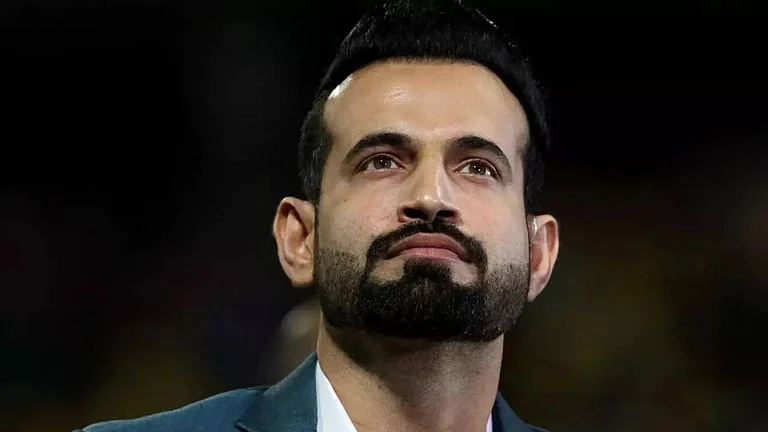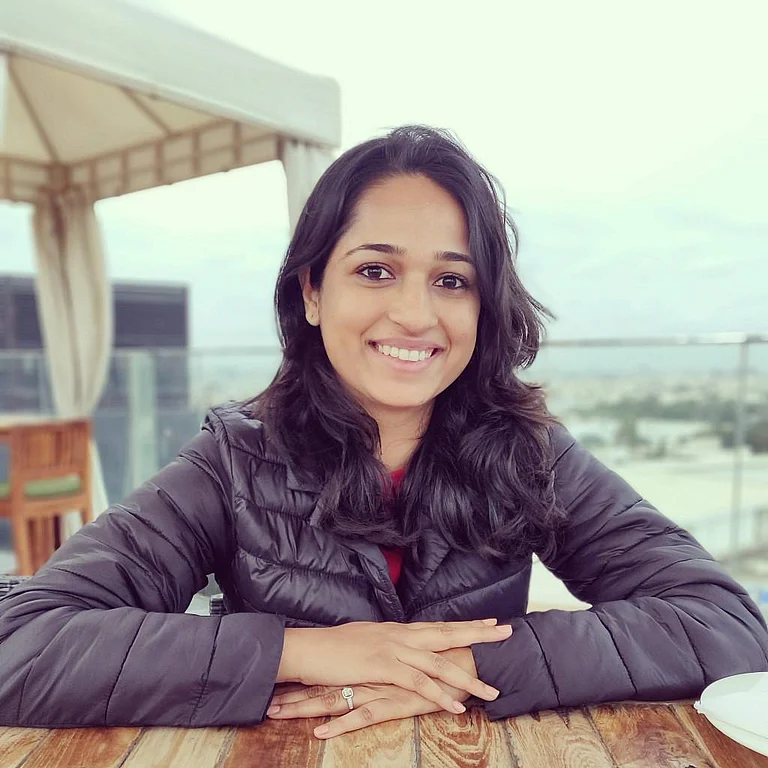Among India’s many festivals, Navratri holds a special place as it is dedicated to Goddess Durga and her various forms. In 2025, Shardiya Navratri will be celebrated from Monday, September 22, to Thursday, October 2. The nine-day festival is marked by prayers, fasting, dance, music, and other cultural events, especially in the northern and western regions of the country.
In 2025, the auspicious time for Ghatasthapana during Shardiya Navratri will be from 6:09 AM to 8:06 AM.
The Abhijit Muhurat will be from 11:49 AM to 12:38 PM. Devotees can perform Ghatasthapana and begin the worship of Goddess Durga during either of these times.
While most people are familiar with the grand Sharad Navratri, celebrated in autumn, there are actually four types of Navratri observed throughout the year, each with its own unique rituals.
Sharad Navratri

Sharad Navratri is the most widely celebrated and well-known among all Navratris. It falls during the lunar month of Ashwin (September-October) and marks the onset of autumn. This Navratri is considered highly auspicious and culminates in Dussehra, also known as Vijayadashmi.
During Sharad Navratri, devotees observe fasts, perform pujas, and engage in cultural activities such as Garba and Dandiya in Gujarat, and Durga Puja in Bengal, where elaborate idols of Goddess Durga are worshipped. It is a time of devotion, celebration, and spiritual cleansing, with people seeking blessings for prosperity, health, and happiness.
Chaitra Navratri

Chaitra Navratri is observed in the spring season, during the month of Chaitra (March-April). It marks the beginning of the Hindu New Year. It coincides with Ram Navami, the birthday of Lord Rama, which falls on the ninth day.
Magha Gupta Navratri

Magh Navratri occurs during the month of Magha (January-February). Despite its lesser popularity compared to the Sharad and Chaitra, it holds deep spiritual importance for those who observe it. Devotees perform rituals and pujas, particularly on the fifth day, known as Vasant Panchami, which is dedicated to Saraswati, the goddess of knowledge.
Ashada Gupt Navratri

Ashada Navratri, also known as Gupt Navratri, is observed during the Ashada month (June-July). Unlike the other Navratris, this one is not widely known or publicly celebrated, but for those who observe it, the focus is on deep meditation, spiritual awakening, and connecting with the divine energy of the goddess.
History of Maha Navratri or Sharad Navratri

Durga fought Mahishasura for 10 days before defeating him
The most significant story behind Navratri is the epic battle between Goddess Durga and the demon king Mahishasura. Through intense penance, Mahishasura was granted a boon from Lord Brahma that made him nearly invincible - no man or god could kill him. Blinded by this power, he unleashed a reign of terror across the heavens and the earth.
To stop his tyranny, the Trimurti (Brahma, Vishnu, and Shiva) combined their divine energies to create the ultimate power, Goddess Durga. Bestowed with the weapons of all the gods and riding a mighty lion, she challenged Mahishasura. The fierce battle raged for nine days and nine nights. On the tenth day, Goddess Durga triumphed, defeating the demon and restoring peace to the universe. This victory of good over evil is celebrated as Navratri, with each of the nine nights dedicated to one of the goddess's powerful forms.
Significance of Navratri
The festival of Navratri is very sacred in the context of the Hindu religion and forms an integral part of the cultural calendar of the country. This festival is devoted to the goddess power, also termed as ‘Shakti’. The Navratri is a 9-night festival, and on each night, people worship the goddess Durga in one of her nine forms. Each of the nine forms of Durga symbolizes different aspects of life, power, knowledge, wealth, and so on.
The Nine Nights: Worshipping the Nine Forms of Durga
Each day of Navratri is dedicated to one of the nine avatars of Goddess Durga, known as the Navadurga. Devotees honor a different form each day, celebrating her unique qualities.
Day | Goddess Form |
Day 1 | Shailaputri |
Day 2 | Brahmacharini |
Day 3 | Chandraghanta |
Day 4 | Kushmanda |
Day 5 | Skandamata |
Day 6 | Katyayani |
Day 7 | Kalaratri |
Day 8 | Mahagauri |
Day 9 | Siddhidatri |
Beyond Sharad: The Four Navratris of the Year
While most are familiar with the autumn festival, the Hindu calendar includes four seasonal Navratris:
Sharad Navratri (September/October): This is the most widely celebrated Navratri, honoring the victory of Goddess Durga. It culminates in Dussehra.
Chaitra Navratri (March/April): Celebrated in spring, it marks the Hindu lunar new year and culminates in Ram Navami, the birthday of Lord Rama.
Magha Gupta Navratri (January/February): A lesser-known but spiritually significant Navratri, often observed by sadhaks for deep meditation. It includes Vasant Panchami, dedicated to Goddess Saraswati.
Ashadha Gupta Navratri (June/July): Another 'secret' Navratri, observed privately for specific spiritual practices and seeking blessings from the goddess.
Thus, Navratri, as a festival with a sacred and great meaning and a long history of celebration, is considered one of the most significant in India. It is the festive season when people of different communities perform Pooja of Goddess Durga, the victory of light over darkness, and pray for good health, wealth, and Happiness. Whether it’s through the vibrant Garba dances of Gujarat, the grand Durga Puja of Bengal, or the devotion-filled fasting and prayers observed nationwide, Navratri offers a chance for reflection, celebration, and renewal. As we approach Navratri 2025, this ancient festival continues to inspire and unite people, symbolizing strength, devotion, and the eternal victory of light over dark



























